LAKE MANYARA
Lake Manyara National Park
Pure relaxation in nature
Surrounded by ancient forests and breathtaking views of the steep slopes, Lake Manyara is the perfect place to relax in nature and escape the hustle and bustle of the city. Hemingway also loved it here, camping amongst the mahogany and fig trees and writing about the beauty of the lake in his book “Green Hills of Africa”. Only ninety minutes from Arusha, a Lake Manyara safari is the perfect stopover on the way to the Serengeti National Park
Unique forests in a beautiful landscape
Lake Manyara National Park is one of the oldest and smallest parks in Tanzania. Although the wildlife here is not as abundant as in other parks, it offers beautiful landscapes and is ideal for nature lovers to relax on the first days of a Tanzania safari.
Lake Manyara is an alkaline lake. It is surrounded by diverse vegetation ranging from dense forests to floodplains and acacia tree-lined grasslands. The lake is fed by the Simba River to the north and the Makuyuni River to the east and is part of the Rift Valley catchment area during the rainy season. In recent years, the water level of the lake has risen considerably and the flooded tree skeletons mark the old shore.
The park’s inhabitants include buffalo, hippos, baboons, waterbuck, impala, giraffe, zebra and wildebeest. There is also a healthy population of leopards in Lake Manyara National Park, but they are difficult to spot due to the dense vegetation. In the past, the park was known for its large elephant populations and tree-climbing lions, but since the lake’s water level has risen, sightings have become rarer.
Highlights
In Lake Manyara National Park, visitors are greeted by a verdant forest, full of beautiful tree species such as old mahogany, sycamore, kapok and giant baobab trees. The park is also home to large groups of anubis baboons, with up to 150 animals. They can be seen playing and foraging in the forest and along rivers.
The views in the park are breathtaking. Here you can discover over 670 flowering species and 180 species of butterflies. For bird lovers, Lake Manyara National Park is really worthwhile, with over 390 bird species recorded here. The tranquillity of the forest is only disturbed by the trumpeting calls of silver-cheeked hornbills, hornbills and tanzaniatokos. Water birds such as the blacksmith plover, little egret, little egret, spoonbill and red pelican can also be seen here. There used to be numerous flamingos at Lake Manyara, but due to the rise in water levels, they are now only seasonal visitors.
Large herds of wildebeest, zebra and buffalo like to congregate on the open plains where they graze and keep an eye out for predators.
Best time to visit Lake Manyara National Park
You can visit Lake Manyara National Park almost all year round. During the dry season from June to the end of October, the weather is warm and pleasant, with low humidity and minimal chance of rain. This is also the best time to visit for game viewing, as animals and birds congregate around water sources during the five-month rainy season. The short rains occur more irregularly in November and December in the form of short afternoon showers. The second dry season from January to February is also a good time to visit. From March to May, the long rains, which occur daily in the form of thunderstorms, can make parts of the park inaccessible.
Immerse yourself in nature
Hemingway and his wife Pauline set up camp in the mahogany and fig forest at Lake Manyara in 1934. They probably marvelled at the picturesque sunrises and sunsets over the lake and the vastness of the landscape, accompanied by the concert of bird calls and the huffing and grunting of the hippos. Today you can still experience the breathtaking nature and relax. Although there are fewer animals here than in other parks, the lake and the forests offer an interesting change of pace on your mainly savannah safari. A tranquil place to start your Tanzania trip.
Location
Lake Manyara National Park is just 126 kilometres from Arusha and can be easily reached in an hour and a half’s drive. This makes the park the perfect stopover on the way to Serengeti National Park. Lake Manyara can be entered from the north and south, with the southern entrance being less frequented. Most accommodation is located in the north. The Ngorongoro Crater and Serengeti National Park can be visited next and are only three and a half hours away.
Photos from Lake Manyara National Park
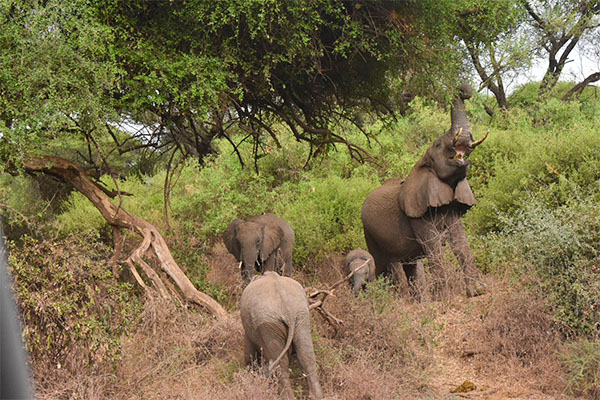
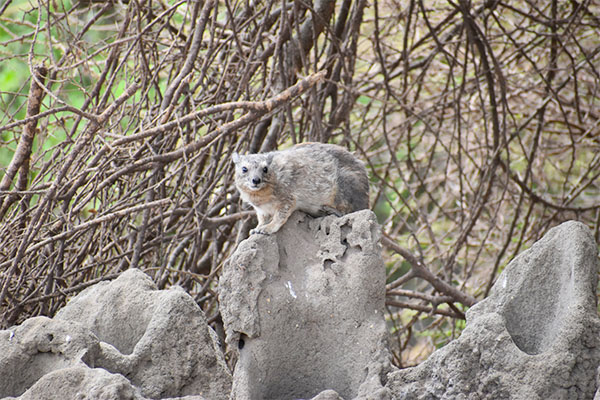
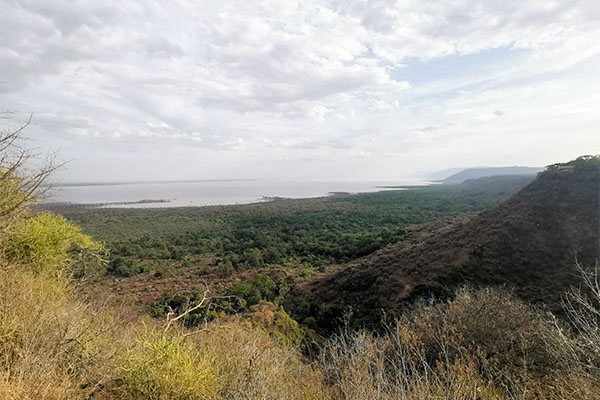
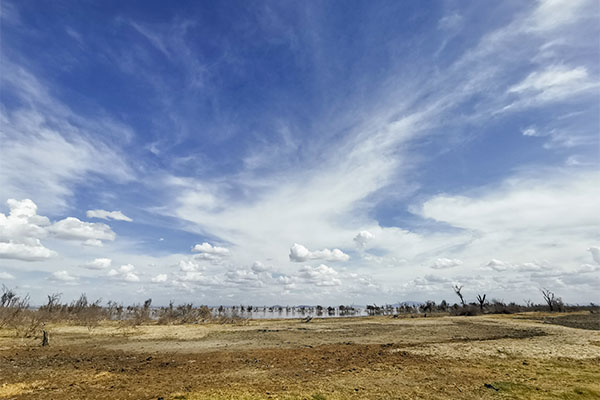
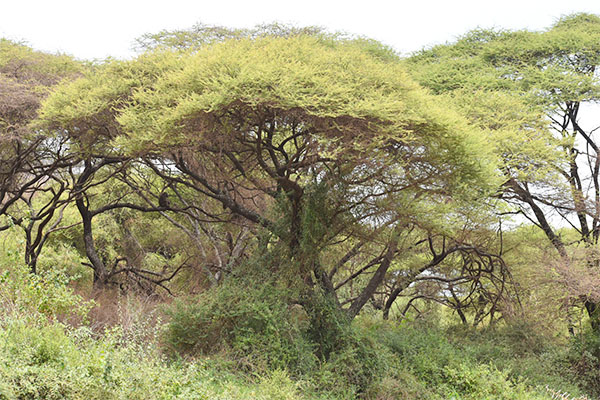
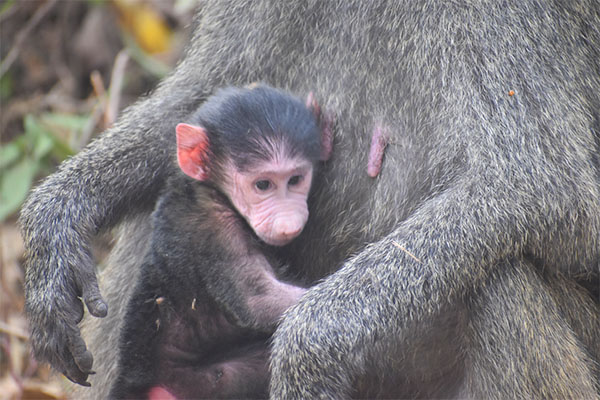
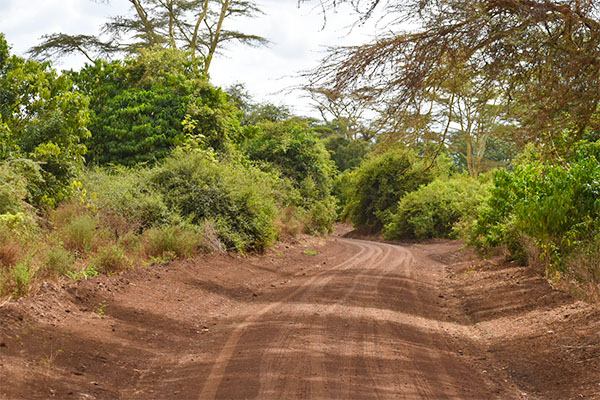

INQUIRE LAKE MANYARA NATIONAL PARK TOUR
Start planning your Lake Manyara National Park tour by filling the form below
